
Exploration Technologies, Inc.
Welcome to
Exploration Technologies, Inc.
281-530-4300
Published Papers
What We Do!
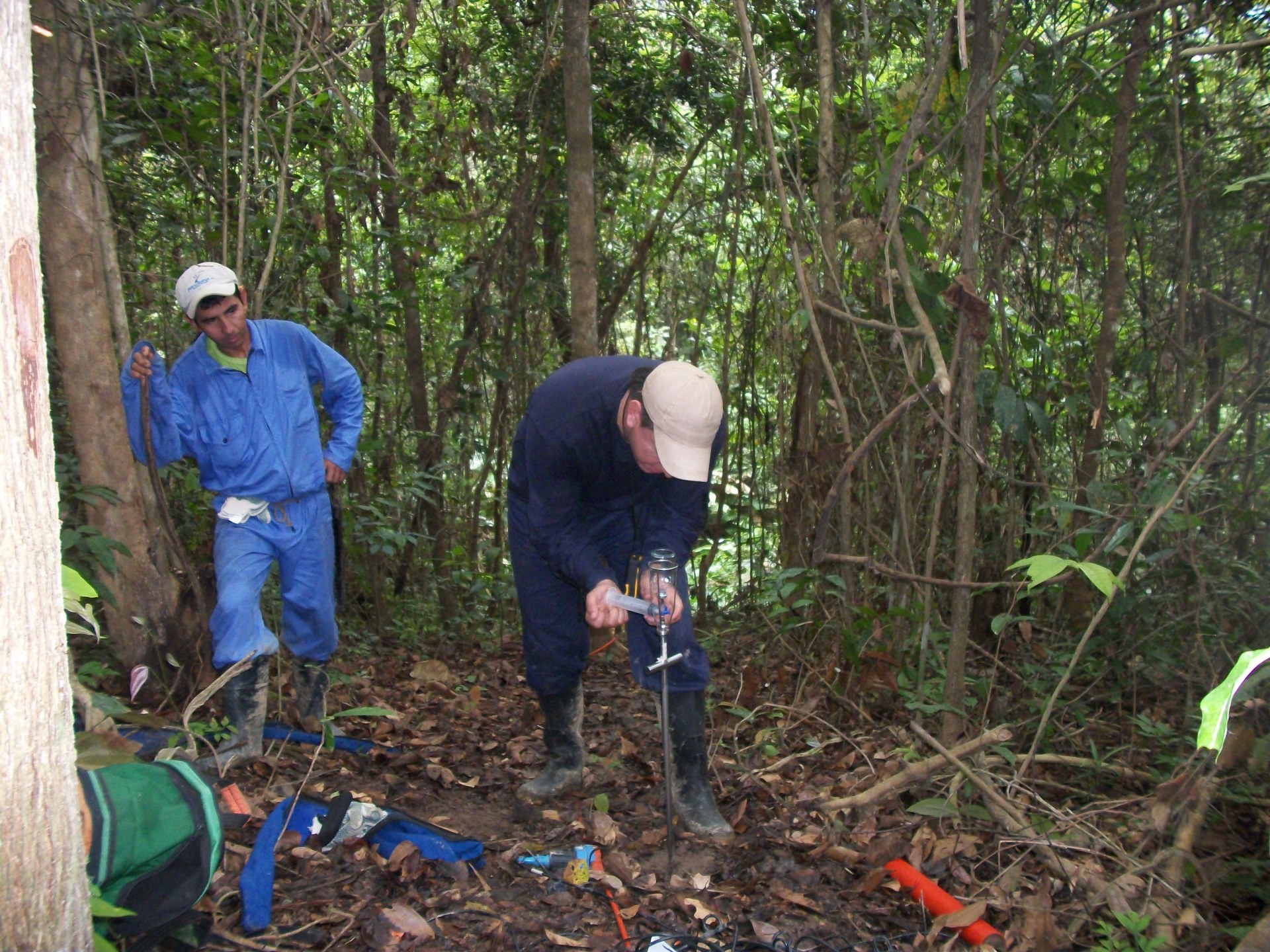


Exploration Geochemistry
Environmental Geochemistry
Laboratory Services
High grade your prospects, explore frontier basins. Map the light hydrocarbons that migrate from active petroleum and natural gas reservoirs at depth.
ETI possesses a wide range of capabilities to perform all phases of environmental site assessments involving natural and refined petroleum product surface and subsurface contamination.
Light Hydrocarbon Analyses
High Resolution GC C5+ Hydrocarbon Analyses
Chlorinated Hydrocarbons
Fixed Gas Analysis (CO2, O2, N2)
High Resolution GC of Product and Soil Extracts
High Resolution GC C5+ Hydrocarbon Analyses
Chlorinated Hydrocarbons
Fixed Gas Analysis (CO2, O2, N2)
High Resolution GC of Product and Soil Extracts
Learn More
Learn More
Learn More
PETROLEUM SURFACE GEOCHEMISTRY
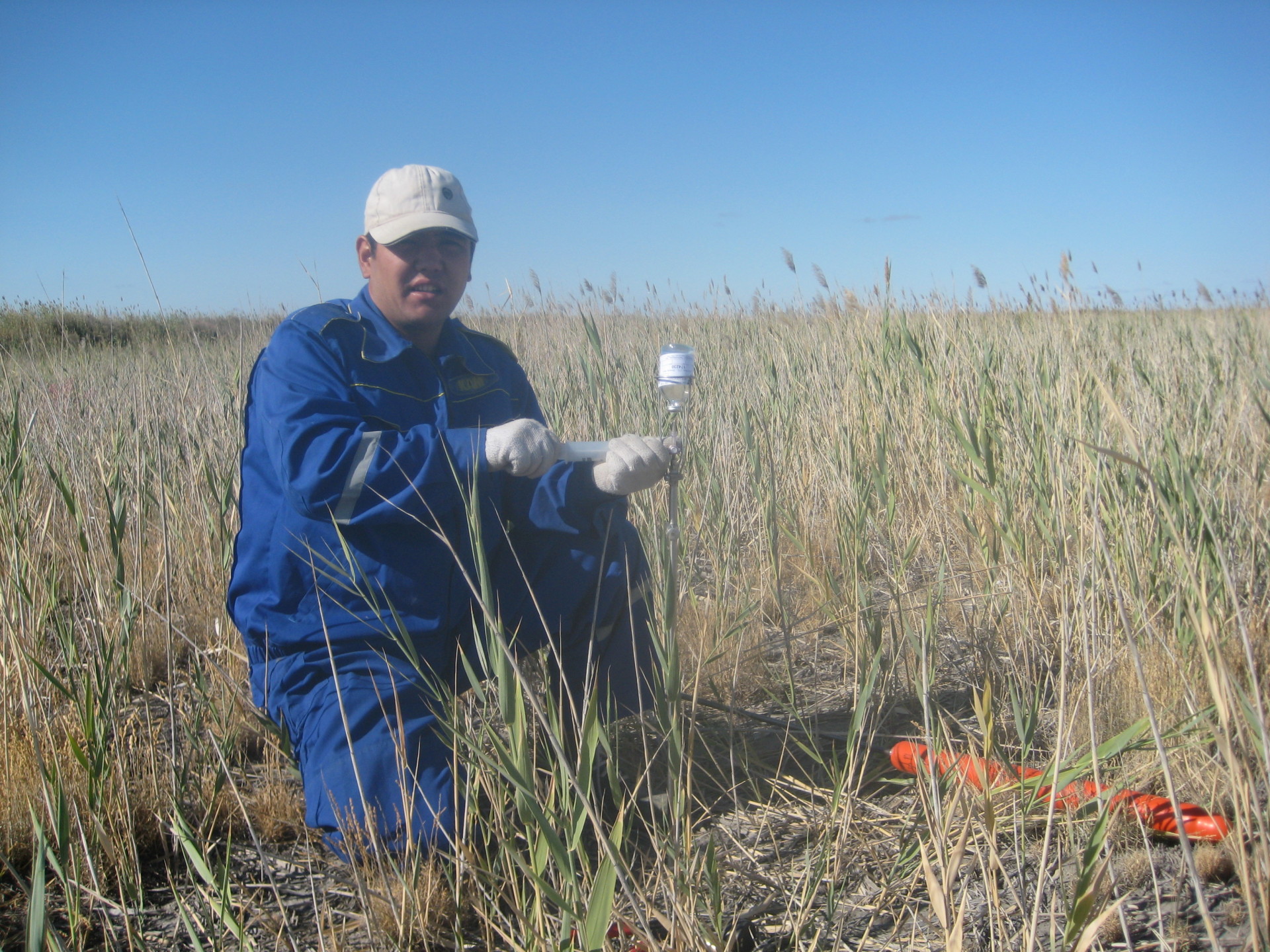
Exploration Technologies, Inc. (ETI) provides innovative geochemical services that are applicable to both the exploration & environmental industries. ETI's geochemical techniques are employed in the petroleum industry to reduce exploration risk and utilized in environmental assessments for accurate and cost-effective site characterizations.
Petroleum exploration surface geochemical surveys can be used to map the light hydrocarbons expressed through microseeps from active petroleum and natural gas reservoirs at depth. The maps, developed from the survey, serve as a guide to identifying prospective areas in both frontier and mature basins. The light hydrocarbons, when surveyed, analyzed and mapped, using ETI's proven techniques and technology, produce a graphic, geochemical picture of the source rock below. This picture shows whether or not a given area contains petroleum source rocks; whether the area is more oil or gas prone; and finally, whether or not the gas is over cooked and non-productive, or the oil too heavy to produce by drilling alone. Such studies can greatly reduce the area to be searched; helping to focus more expensive exploration techniques, such as 3D geophysical surveys, on those portions of the basin most likely to contain petroleum accumulations and potential reservoirs.
EXPLORATION GEOCHEMISTRY
Petroleum Exploration
Petroleum exploration surface geochemical surveys can be used to map the light hydrocarbons expressed through microseeps from active petroleum and natural gas reservoirs at depth. The maps, developed from the survey, serve as a guide to identifying prospective areas in both frontier and mature basins. The light hydrocarbons, when surveyed, analyzed and mapped, using ETI's proven techniques and technology, produce a graphic, geochemical picture of the source rock below. Petroleum exploration using surface geochemistry can show whether or not a given area contains petroleum source rocks; whether the area is more oil or gas prone; and finally, whether or not the gas is over cooked and non-productive, or the oil too heavy to produce by drilling alone.
Such studies can greatly reduce the area to be searched; helping to focus more expensive exploration techniques, such as 3D geophysical surveys, on those portions of the basin most likely to contain petroleum accumulations and potential reservoirs.
Basin-wide surveys have demonstrated that microseepage occurs throughout the entire basin, not just over economic fields. The majority of the microseepage anomalies are driven by basin-wide fluid expulsion related to deep basin source rocks. The survey data, collected at the sub-surface, outlines the field boundaries, defines the source rock variations and, the thermal maturity of the reservoirs. Seepage magnitude data is used to map areas of active fluid and gas migration from sub-surface source rocks (and sometime reservoirs), thereby identifying trends or fairways where reservoirs are more likely to occur.
Composition of the light gases is much more important than magnitude. The relationships, of the C1 - C4 gases, tell the story of the source rock below. The relationships (ratios) of C1-C2, C1-C3, and C1-C4 indicate whether an area is more oil or gas prone. These ratios also indicate thermal maturity. Magnitudes are controlled by the permeability of migration pathways, and subsurface pressure. Obviously, major fault tectonics can affect migration pathways, and strongly influence seepage magnitude.
Only the combination of composition and magnitude data, graphically depicted, can provide a picture of the oil vs. gas nature of the area, as well as the area boundaries.More importantly, magnitude is not a predictor of the "economic success" of a field. There is no relationship between magnitude of the seeps and the "economics" of the deposits. Magnitudes are controlled by the permeability of the pathways; economics are controlled by the value of money at the time. Sub-surface geochemistry can be a highly effective tool to reduce exploration cost and risk. Historically, sub-surface geochemistry has developed a skeptical audience. The problem with surface geochemistry does not lie with the technology. The fault lies with the widely held concept of vertical migration, and the insistence that seepage magnitudes are directly related to "economics".
Surface geochemistry is only one of many useful tools in the quest for exploration success. Surface geochemistry can provide a low cost view of the oil vs. gas potential of a concession, frontier or mature basin. Coupled with more expensive geophysical tools, such as 2D and 3D seismic, surface geochemistry can provide impressive amounts of highly valuable information regarding the oil vs. gas potential of the basin. ETI's sub-surface geochemistry is a tool, that, when used properly, can significantly reduce exploration risk and cost.
Purpose:
a. To map the presence and distribution of oil and gas seepage to identify areas with a high potential for petroleum reservoirs.
b. Reduce the area to be searched by helping to focus exploration efforts on regions and structures with active seepage.
c. Predict the oil versus gas potential of prospective structures.
Applications:
Such studies can greatly reduce the area to be searched; helping to focus more expensive exploration techniques, such as 3D geophysical surveys, on those portions of the basin most likely to contain petroleum accumulations and potential reservoirs.
Basin-wide surveys have demonstrated that microseepage occurs throughout the entire basin, not just over economic fields. The majority of the microseepage anomalies are driven by basin-wide fluid expulsion related to deep basin source rocks. The survey data, collected at the sub-surface, outlines the field boundaries, defines the source rock variations and, the thermal maturity of the reservoirs. Seepage magnitude data is used to map areas of active fluid and gas migration from sub-surface source rocks (and sometime reservoirs), thereby identifying trends or fairways where reservoirs are more likely to occur.
Composition of the light gases is much more important than magnitude. The relationships, of the C1 - C4 gases, tell the story of the source rock below. The relationships (ratios) of C1-C2, C1-C3, and C1-C4 indicate whether an area is more oil or gas prone. These ratios also indicate thermal maturity. Magnitudes are controlled by the permeability of migration pathways, and subsurface pressure. Obviously, major fault tectonics can affect migration pathways, and strongly influence seepage magnitude.
Only the combination of composition and magnitude data, graphically depicted, can provide a picture of the oil vs. gas nature of the area, as well as the area boundaries.More importantly, magnitude is not a predictor of the "economic success" of a field. There is no relationship between magnitude of the seeps and the "economics" of the deposits. Magnitudes are controlled by the permeability of the pathways; economics are controlled by the value of money at the time. Sub-surface geochemistry can be a highly effective tool to reduce exploration cost and risk. Historically, sub-surface geochemistry has developed a skeptical audience. The problem with surface geochemistry does not lie with the technology. The fault lies with the widely held concept of vertical migration, and the insistence that seepage magnitudes are directly related to "economics".
Surface geochemistry is only one of many useful tools in the quest for exploration success. Surface geochemistry can provide a low cost view of the oil vs. gas potential of a concession, frontier or mature basin. Coupled with more expensive geophysical tools, such as 2D and 3D seismic, surface geochemistry can provide impressive amounts of highly valuable information regarding the oil vs. gas potential of the basin. ETI's sub-surface geochemistry is a tool, that, when used properly, can significantly reduce exploration risk and cost.
Purpose:
a. To map the presence and distribution of oil and gas seepage to identify areas with a high potential for petroleum reservoirs.
b. Reduce the area to be searched by helping to focus exploration efforts on regions and structures with active seepage.
c. Predict the oil versus gas potential of prospective structures.
Applications:
a. Regional Exploration Programs to define portions of basin of concession areas with the highest potential for production. Regional studies are often run in conjunction with regional seismic programs and may include grids or other evenly spaced tests.
b. Trend Evaluation Studies can be used to evaluate the potential of regional features and plays. Sample spacing is designed to sample a prospective play without concentrating on individual structures or prospects.
c. Prospect Evaluation studies can be used to rate the relative seepage magnitudes and compositions of individual prospects prior to drilling so that structures with the highest potential are given a higher priority. Close spaced sample grids in conjunction with high resolution geophysical studies are most effective for multiple prospects.
d. Anomaly Detailing including very closely spaced samples and stratigraphic/geochemical drilling programs can be used to detail oil source and maturity of individual high magnitude seeps over specific prospects of interest.
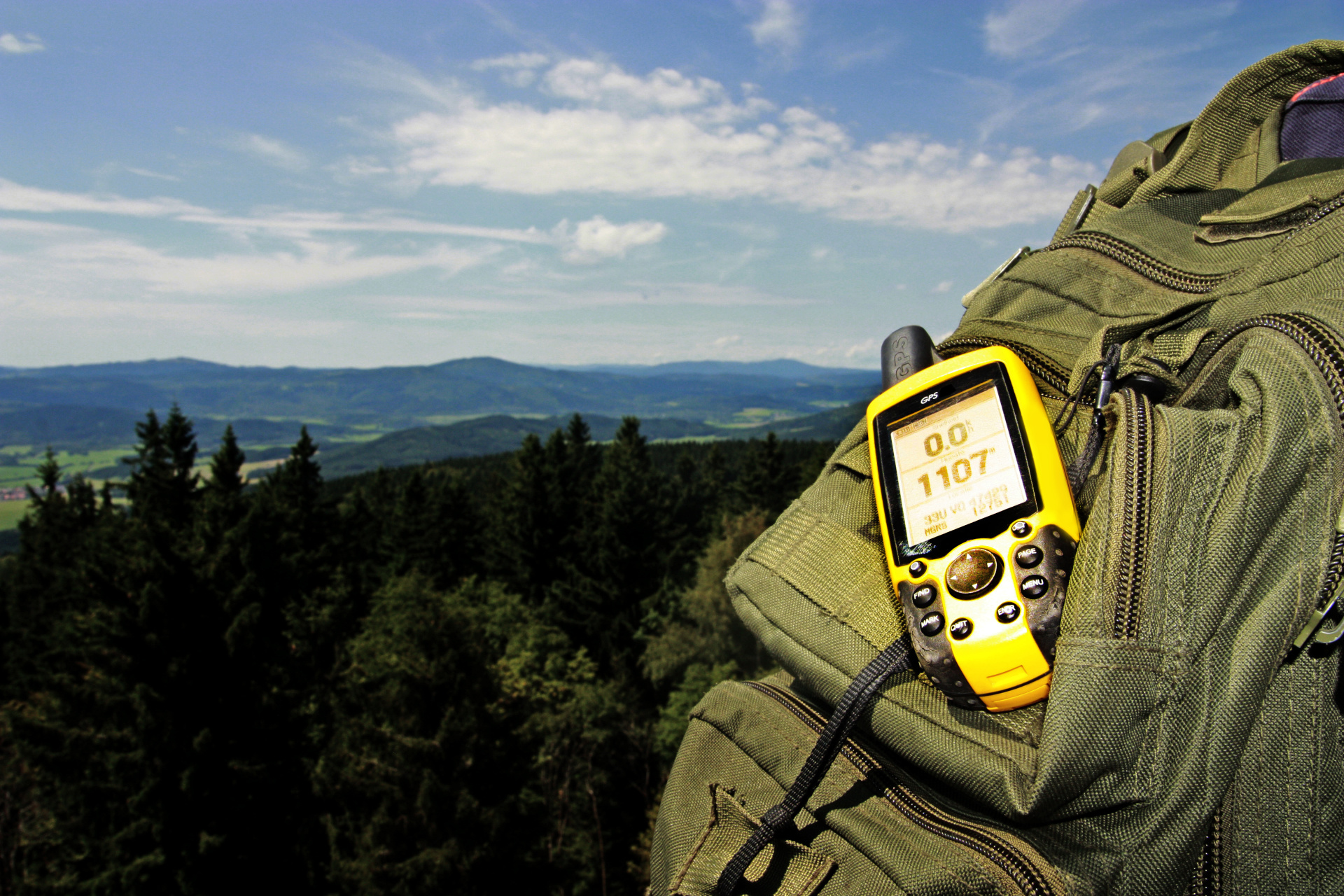
Learn More
Don't map what you don't need. Soil gas surveys map the source rocks. The light hydrocarbons migrate from active petroleum and natural gas reservoirs to the surface. ETI collects and measures these gases giving you a graphic geochemical picture of the source.
More

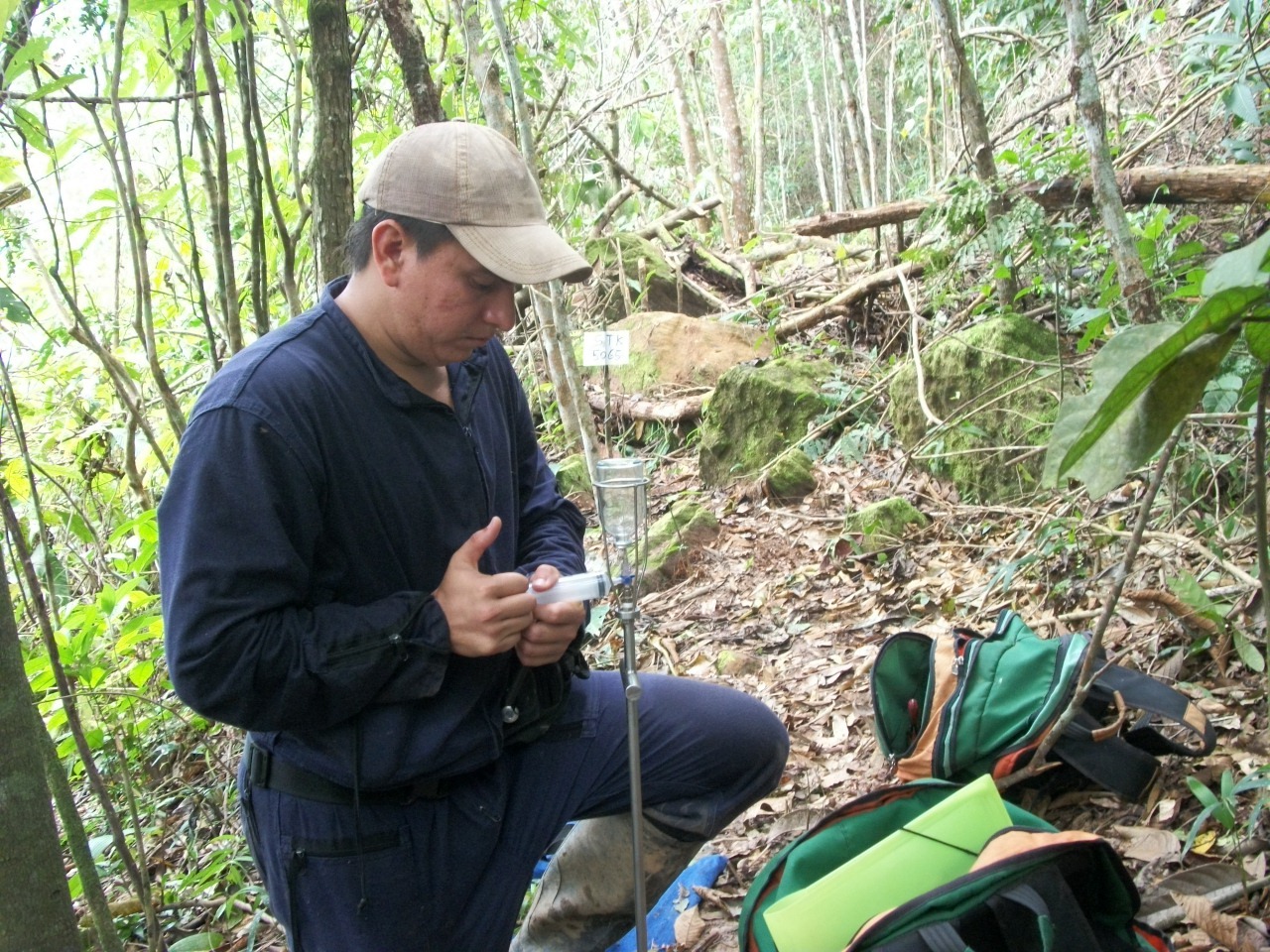
Onshore - Surface Soil Gas
Near-surface soil gas geochemical investigations require the analysis of free soil gases collected through a probe that is inserted into the ground. Probe sampling can be adapted for use in a variety of geologic terrains. The mobility of the soil gas probe sampling opens up large areas to geochemical exploration that are otherwise difficult to sample. Probe sampling is particularly worthy because of the low sampling cost and ease of access in rugged, road-less areas. With this method, small crews of only one or two persons can obtain large numbers of samples at minimal expense. Public and private landowners are agreeable to probe sampling because there is no surface damage from sample collection. This technique has been used successfully all over the world.
Near-surface soil gas geochemical investigations require the analysis of free soil gases collected through a probe that is inserted into the ground. Probe sampling can be adapted for use in a variety of geologic terrains. The mobility of the soil gas probe sampling opens up large areas to geochemical exploration that are otherwise difficult to sample. Probe sampling is particularly worthy because of the low sampling cost and ease of access in rugged, road-less areas. With this method, small crews of only one or two persons can obtain large numbers of samples at minimal expense. Public and private landowners are agreeable to probe sampling because there is no surface damage from sample collection. This technique has been used successfully all over the world.
ENVIRONMENTAL GEOCHEMISTRY
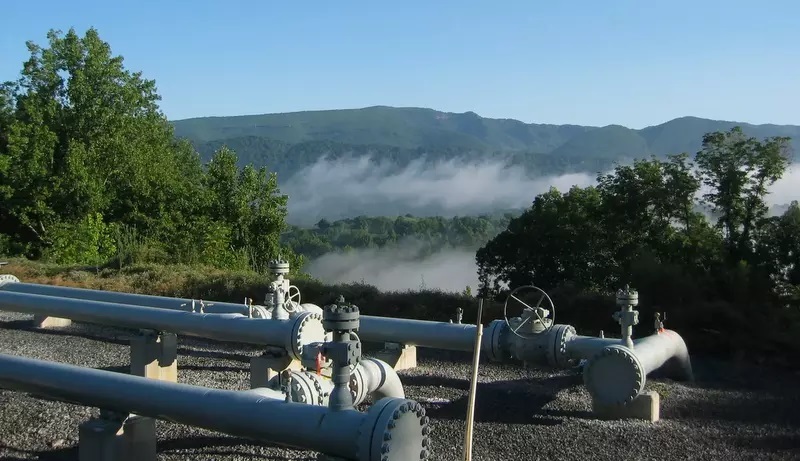
The Exploration Technologies, Inc. (ETI) staff of geoscientists has extensive experience in the research, development, execution and interpretation of various geochemical techniques utilized in environmental studies, petroleum and minerals exploration. ETI possesses a wide range of capabilities to perform all phases of environmental site assessments involving natural and refined petroleum product surface and subsurface contamination. Surface geochemical surveys are utilized by ETI to delineate the horizontal extent of subsurface contamination in soils and/or groundwater. The vertical extent of contamination is subsequently determined using ETI's real-time on-site screening laboratories during borehole drilling operations, thus allowing for a three-dimensional interpretation of the contamination present. These techniques, used in tandem, can provide a very cost-effective accurate evaluation of the subject property while reducing the risk of errors and omissions during the assessment phase. From the fully equipped and experienced crews to the highly qualified laboratory personnel, ETI is dedicated to making the best possible interpretation on which clients can base their environmental decision.
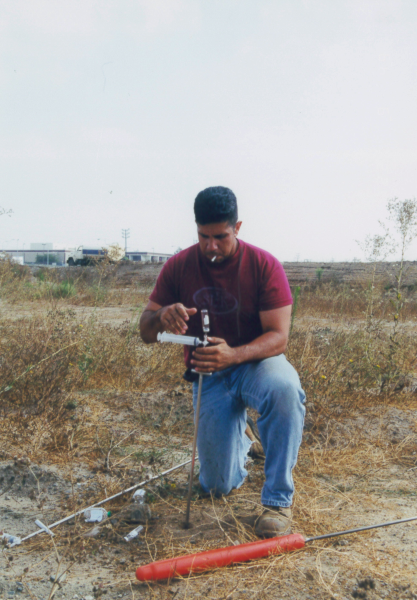
More
About Us
A Leader in Geochemistry
Exploration Technologies, Inc. (ETI) provides innovative geochemical services. ETI's geochemical techniques are employed in the petroleum industry to reduce exploration risk and for accurate and cost-effective site characterizations. oil and gas exploration
High-Grade a Prospect
Use soil gas surveys to place seismic lines, and reduce the cost of your seismic surveys. oil and gas exploration
Save Money on Seismic
Use soil gas surveys to place seismic lines, and reduce the cost of your seismic surveys.
Contact us today!
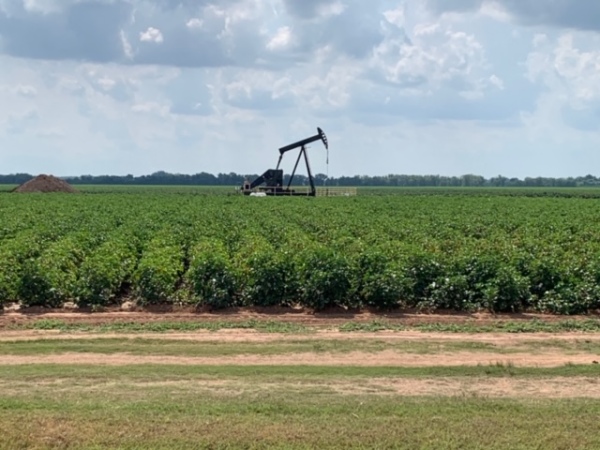
CONTACT INFO
Address:
Exploration Technologies, Inc.
7755 Synott Rd.
Houston, Texas, 77083
Houston, Texas, 77083
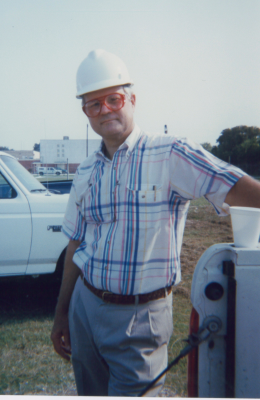
Telephone:
(281) 530-4300
Fax:
(281) 530-4308